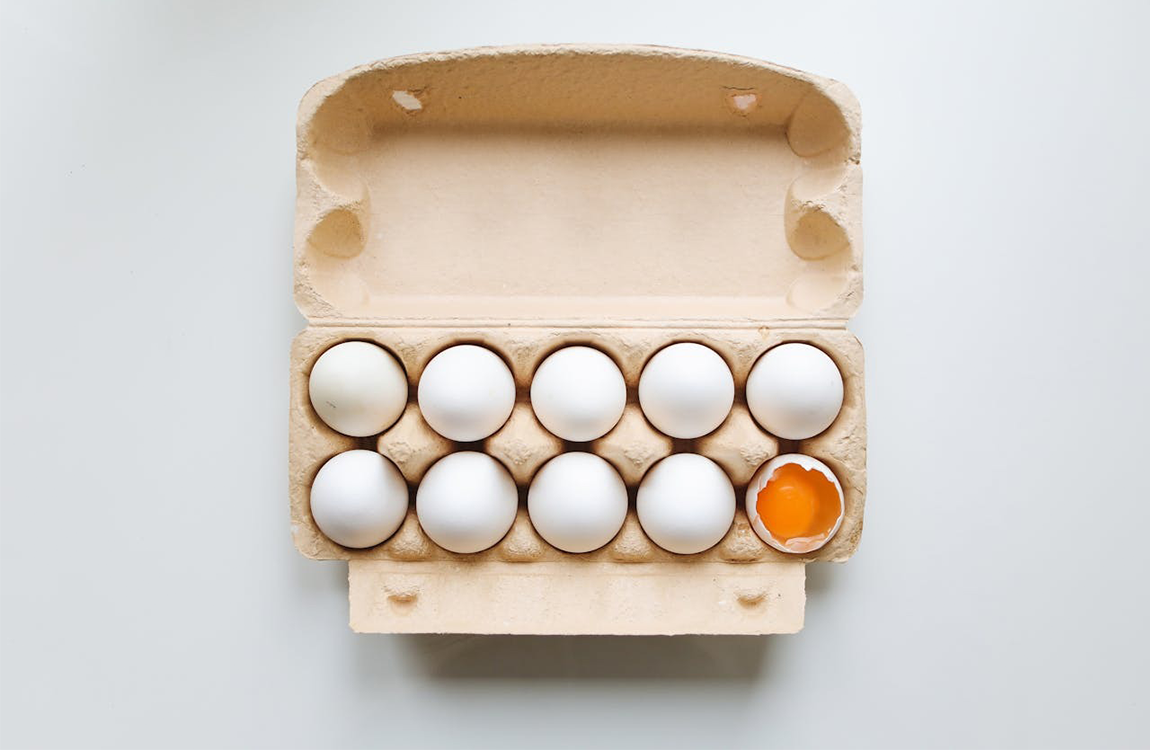Flaws Make Brands Charming: The Beauty of Imperfection in Brand Design
In an era that chases perfection, we often overlook a crucial fact: sometimes, imperfections are precisely what make a brand charming. The "flaws" in brand design aren't defects or shortcomings but rather unique and distinctive traits that leave a deep impression on consumers. Today, let's explore how to transform a brand's flaws into charm.
1. Sincere Attitude
When a brand dares to show its imperfections, it can establish an authentic connection with consumers. For example, Patagonia, the outdoor clothing brand, openly admits its products have an environmental impact during production and works towards sustainability to reduce this impact. This honest approach earns respect and loyalty from consumers.
2. Unique Personality
Every brand has a unique personality, and sometimes the "flaws" in these personalities become brand signatures. For instance, Mini Cooper is known for its small car size. Its "small" is a "flaw" in the automotive world but is a beloved advantage for city drivers.
3. Human Connection
Brands don't always have to appear lofty; sometimes showing human weaknesses can bring them closer to consumers. KFC once had to temporarily close in the UK due to a chicken supply issue. They humorously and self-deprecatingly acknowledged this problem in their advertisements, which won public sympathy and support.
4. Courage to Innovate
Even in failure, brands can showcase their courage to innovate. Apple Maps faced criticism for map errors upon launch, but Apple did not shy away from the problem. They openly admitted the errors and swiftly improved, which eventually helped Apple Maps gain users' trust.
5. Differentiated Competitive Advantage
Sometimes, a brand's flaws can be turned into a competitive advantage in specific contexts. Domino's Pizza faced public dissatisfaction with its pizza quality, boldly redesigned its products, and openly admitted past shortcomings. This differentiated strategy ultimately helped Domino's transform its brand image.
6. Power of Story
A brand's story doesn't have to be all success and glory; tales of failure and setbacks can also be moving. Oreo once launched a mint-flavored Oreo that didn't fare well in the market, but this story became part of the brand's history, showing its spirit of constant trial and innovation.
7. Commitment to Continuous Improvement
Brands can respond to so-called "flaws" through continuous improvement. Tesla keeps innovating in the electric vehicle field despite technical challenges and market skepticism. Its relentless innovation and improvement demonstrate the brand's commitment and determination.
Brands don't need to pursue an impeccable image. Sometimes, those little "flaws" are precisely the reflection of a brand's personality and charm. Through sincere attitudes, unique personalities, human connections, courage to innovate, differentiated competitive advantages, powerful stories, and commitments to continuous improvement, brands can transform these "flaws" into unique charms that win consumers' hearts.
Remember, flawless perfection may command awe, but sincere and unique brands win love. Let's embrace the flaws of brands because they make brands more authentic, warmer, and more attractive.
缺點讓品牌擁有魅力——品牌設計中的不完美之美
在追求完美的時代,我們常常忽略了一個事實:有時候,不完美恰恰是品牌魅力的來源。品牌設計中的“缺點”並不是指缺陷或不足,而是指那些獨特的、與眾不同的特質,它們讓品牌在消費者心中留下深刻的印象。今天,我們就來探討一下,如何將品牌的缺點轉化為魅力。
1. 真誠的態度
品牌如果敢於展示自己的不完美,可以建立起與消費者之間的真誠聯繫。比如,Patagonia(巴塔哥尼亞)這個戶外服裝品牌,它公開承認自己的產品在生產過程中對環境有影響,並通過可持續發展的努力來減少這種影響。這種坦率的態度贏得了消費者的尊重和忠誠。
2. 獨特的個性
每個品牌都有自己獨特的個性,有時候這些個性中的“缺點”反而成為品牌的標誌。例如,Mini Cooper以其小巧的車型著稱,它的“小”在汽車界中是一種“缺點”,但卻成為了城市駕駛者喜愛的優勢。
3. 人性化的連接
品牌不必總是顯得高高在上,有時候展現一些人性化的弱點可以拉近與消費者的距離。肯德基(KFC)曾經因為雞肉供應問題在英國暫停營業,它們通過幽默和自嘲的方式在廣告中承認了這一問題,這種人性化的處理方式反而贏得了公眾的同情和支持。
4. 創新的勇氣
即使在失敗中,品牌也可以展現其創新的勇氣。Apple Maps在推出初期因為地圖錯誤而受到批評,但蘋果公司沒有回避問題,而是公開承認錯誤並迅速改進,這種勇於承認並改正缺點的態度,最終幫助Apple Maps贏得了用戶的信任。
5. 差異化的競爭優勢
有時候,品牌的缺點在特定情境下可以轉化為競爭優勢。Domino's Pizza在面臨公眾對其披薩品質不滿時,大膽地重新設計了產品,並公開承認過去的不足,這種差異化的策略最終幫助Domino's實現了品牌形象的轉變。
6. 故事的力量
品牌的故事中不必只有成功和輝煌,一些失敗和挫折的故事同樣能夠打動人心。奧利奧(Oreo)曾經推出過一款薄荷味的奧利奧,市場反響不佳,但這個故事成為了品牌歷史的一部分,讓人們看到了品牌不斷嘗試和創新的精神。
7. 持續改進的承諾
品牌可以通過不斷改進來回應所謂的“缺點”。特斯拉(Tesla)在電動汽車領域不斷推陳出新,即使面臨技術挑戰和市場質疑,它的持續創新和改進展現了品牌的承諾和決心。
品牌不必追求無懈可擊的完美形象,有時候,那些小小的“缺點”正是品牌個性和魅力的體現。通過真誠的態度、獨特的個性、人性化的連接、創新的勇氣、差異化的競爭優勢、故事的力量以及持續改進的承諾,品牌可以將這些“缺點”轉化為贏得消費者心的獨特魅力。
記住,完美無瑕可能讓人敬畏,但真誠和獨特的品牌更能贏得愛戴。讓我們擁抱品牌的缺點,因為它們讓品牌更加真實、更有溫度、更具吸引力。
